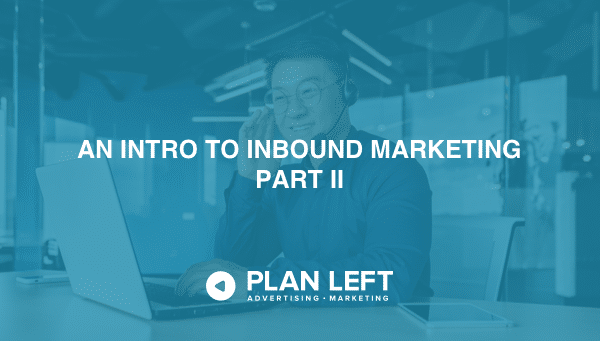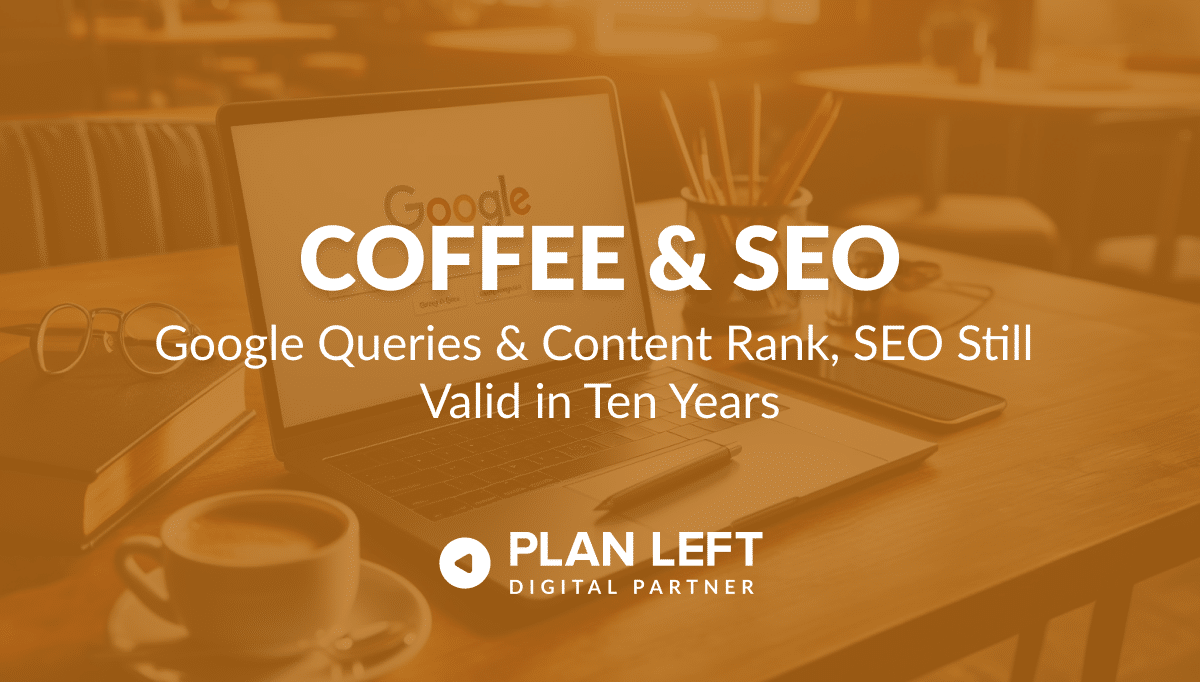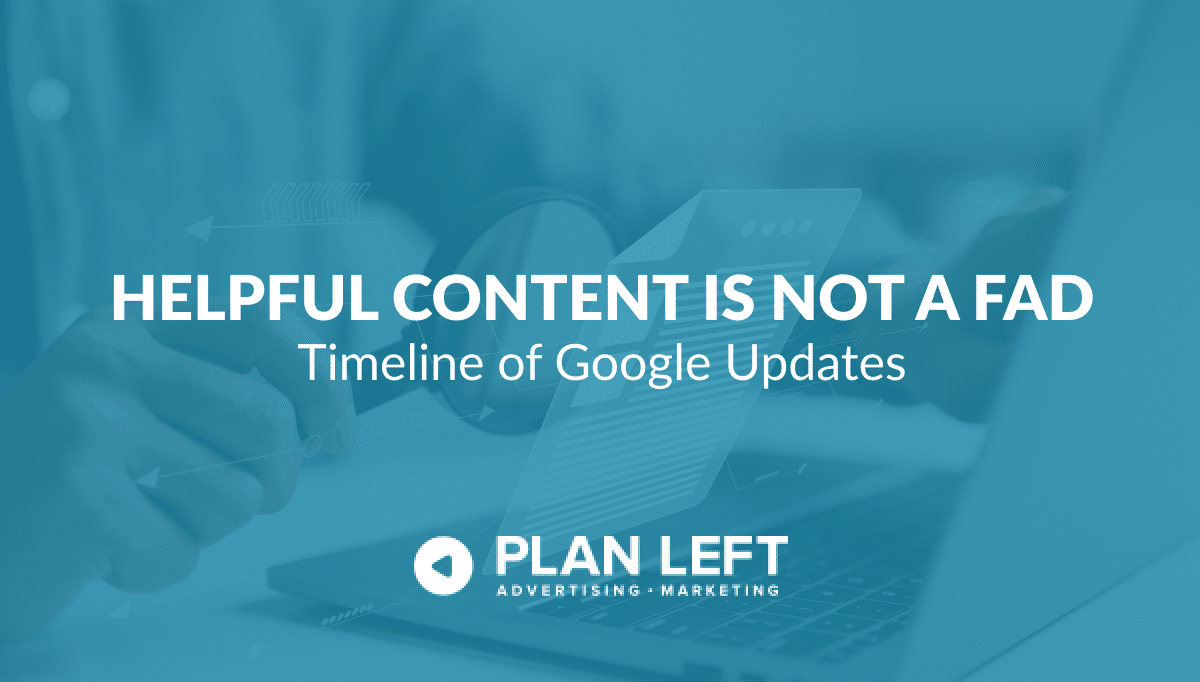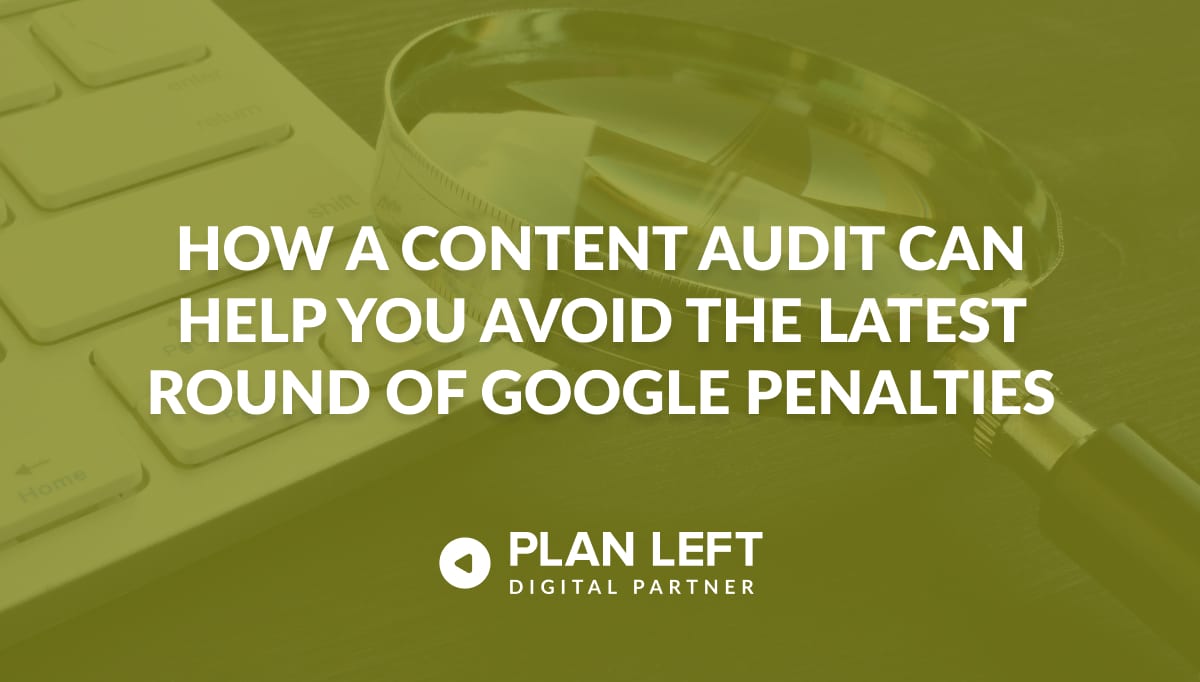
Updated Content on 06/22/2023
In Part I of our Intro to Inbound Marketing, we discussed the different components of the buyer’s journey. Now it’s time to learn what actually happens when you begin your inbound marketing campaign.
What Happens During Each Step
We’ve talked before about mapping your content to the buyer’s journey. The information you share during each step of the process is essential. However, content isn’t everything, and there are other things you must address during each phase.
Attraction
First, there’s your SEO. Search engine optimization helps buyers find you when they search for companies like yours through Google and other search engines. Part of our job is to help you identify the words and phrases these buyers will use and then help you craft content on your website that includes the search terms.
Content comes in copy for your website first, but you’ll also want to add a business blog. Google loves fresh content, and a regular blog is the best way to give Google something to search for. Your blog also adds a new page to your website with each entry. And guess what? Google also likes websites with a lot of indexed pages. The more you have, the faster you turn up in searches and the more opportunities consumers will find your content.
Finally, there’s your social media promotion and publishing. It’s not always enough to optimize your website for searches. Instead of waiting for people to find you, you can let them all know where you are with social media marketing. Informative, entertaining, and shareable posts will gain attention for your company and start driving traffic your way.
Conversion
You need unique content to convert visitors to leads. That content may be an eBook or white paper that shares more information and answers many questions about your business. You might also do shorter pieces like downloadable checklists. The goal is to provide the knowledge your buyers may not already have.
Once the content is ready, you have some more steps to take. How can you distribute content while getting information from your visitors that you can use later? Start with a call to action. The CTA should let buyers know what they’ll get if they download your content and, more importantly, how that information will help. They’ll go to a landing page when they click on the CTA. The landing page should give even more information about the content they will download. More than that, it should provide visitors with a better sense of your company as a whole. Promises are made here and kept within your eBook or white paper.
On the landing page is a form. It should be short, easy to fill out, and highly visible. All you need at this point is a name and email address. Once they fill out the form, they’ll gain access to the downloadable content- and you gain access to their contact information.
Store the contact information safely. You will use these email addresses again to send emails and continue guiding consumers through the buyer’s journey. Don’t give them away or sell them. You’re in the business of building trust so you can develop a meaningful relationship with your new leads.
Closing
After the sale, you may be tempted to close the file and move on. You got their money, right? Well, if you want to keep doing what you’re doing—and by that, we mean selling—you have to figure out what worked and what didn’t. Part of closing the deal is checking your metrics to learn how you find the customers, what reaches them with your content, and how quickly they move through the buying cycle.
You also want to hold onto those consumers for repeat purchases. After all, repeat customers spend an average of 67% more than new customers, and 82% of companies say that holding onto a customer is far less expensive than getting a new one. This is also where you use your contact list. With each thing you learn about your customers, you can further segment your contact list to reach each person with the right emails at the right time.
With a solid understanding of the buying cycle, all of your contacts’ email addresses, and the know-how of what works best with your particular client base, you have everything you need to set up automated marketing. In the past, this has been called a drip campaign, but automated marketing is so much more. It’s perfectly planned social media posts, blogs, and eBooks emailed precisely when customers need them, and statistics to let you know when and what to change for better results.
Delight
If you stopped after making the sale every time, eventually, you’d have no one else to sell to. Keeping customers happy is what keeps them coming back for more. You can check in on customers to ensure they’re thrilled with their experience in several ways. First, keep an eye on social media to see if anyone’s mentioning you. If they say you’re awesome, thank them for it! Don’t be afraid to respond to comments in your brand voice. Recognition and gratitude go a long way.
Provide new information through emails, eBooks, blogs, and case studies. Keep those customers informed about what your company is doing and what new services or products they may enjoy. By keeping track of the things they’ve already purchased, you can ensure you don’t insult them by starting back at the beginning.
Finally, remember that you can ask questions. A well-timed survey gives buyers a chance for you to hear their voices. If you receive answers hinting at unhappiness, do whatever you must to make things right. People remember the last interaction with you, which means they won’t forget your efforts to right a wrong.
To explore how an inbound marketing strategy would work for your company, give us a call. We can help you tailor each of these steps to your exact business. If you have more questions and don’t want to wait for Part Three, please reach out any time.
Explore Latest Posts
Google says the quality of your webpage is a ranking factor, but what is ‘quality’ according to Google? That would ... read more
April 19, 2024
In 2011, Google first changed how content was written with the Panda Update by changing how keywords could be used ... read more
April 17, 2024
The latest Google algorithm changes have shaken the search marketing world. While the Google Spam update has finished, the Google ... read more
April 16, 2024
MARKETING insights
Join the Thousands Who Receive Our Twice-Monthly Newsletter.
It's hard to keep up. Our newsletter is packed with buyer behavior insights, the latest marketing and technology updates, work/life balance tips, and—because we ❤️ our support staff—adorable pets looking for forever homes. Only twice per month. No clogged inboxes. You can't say no.




